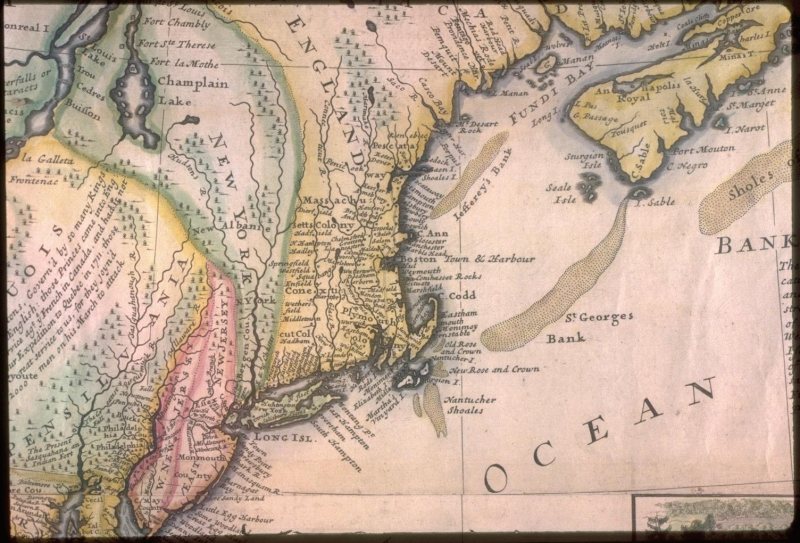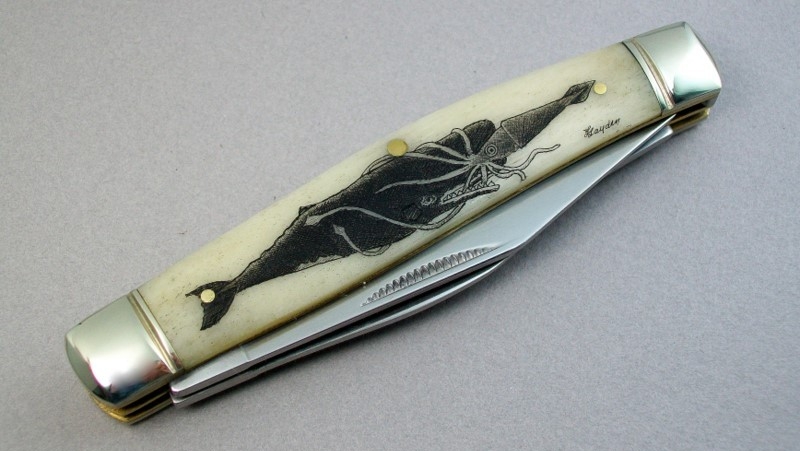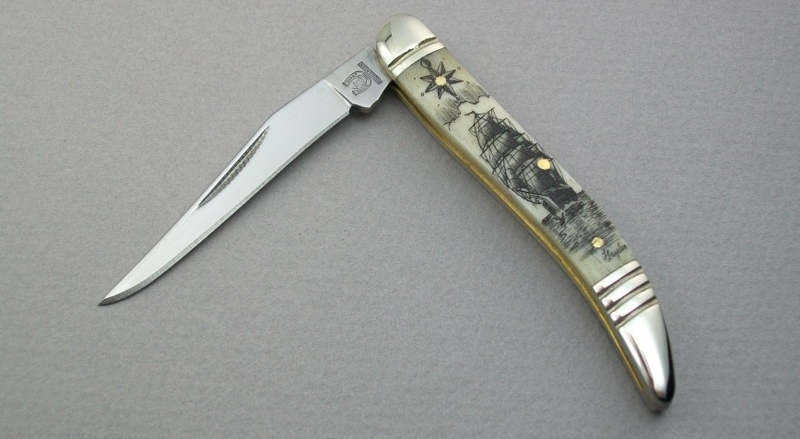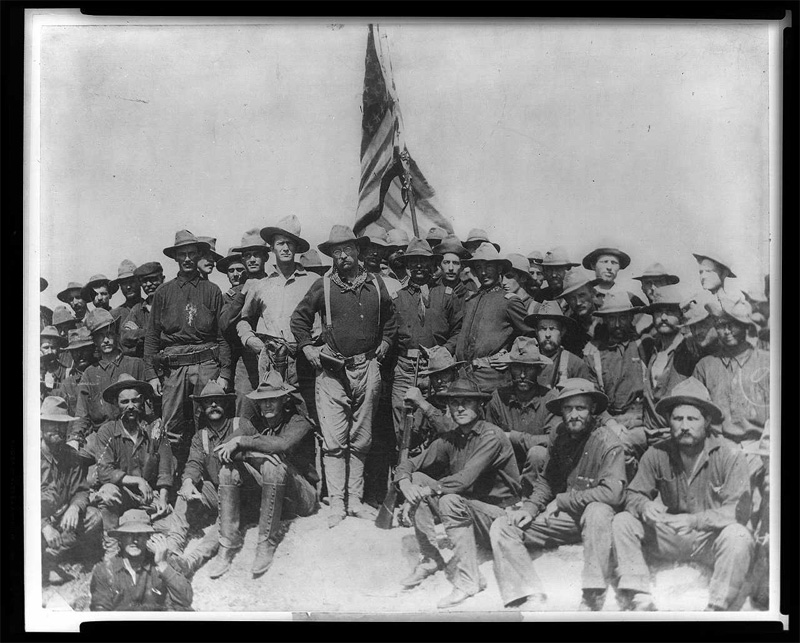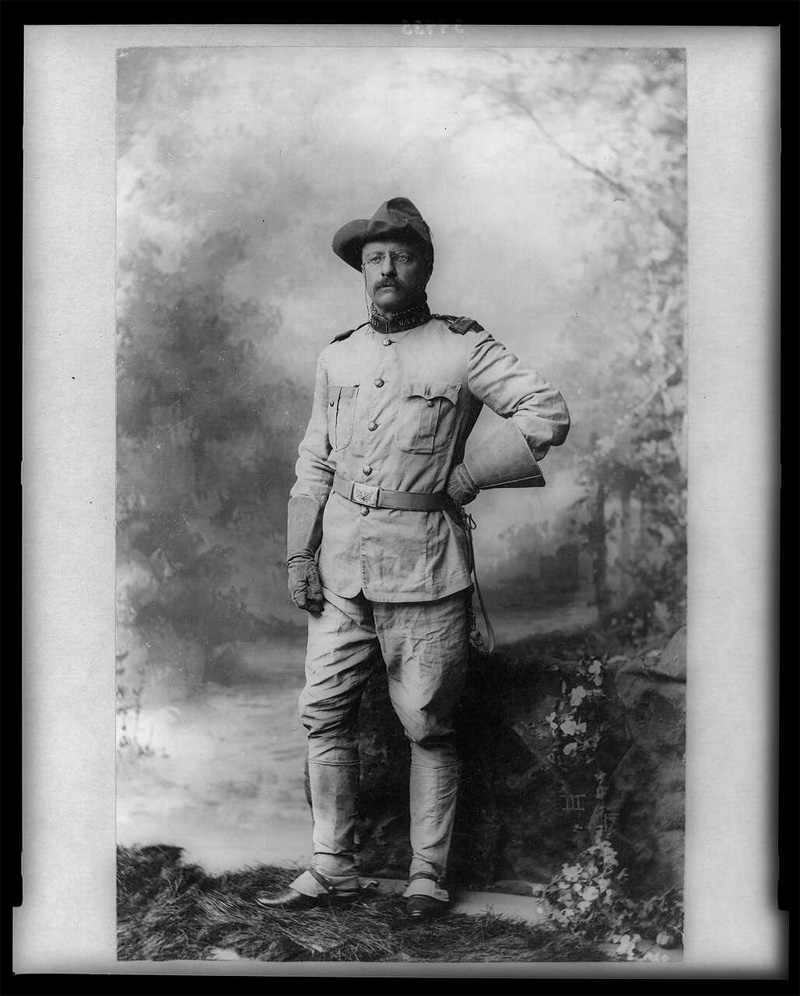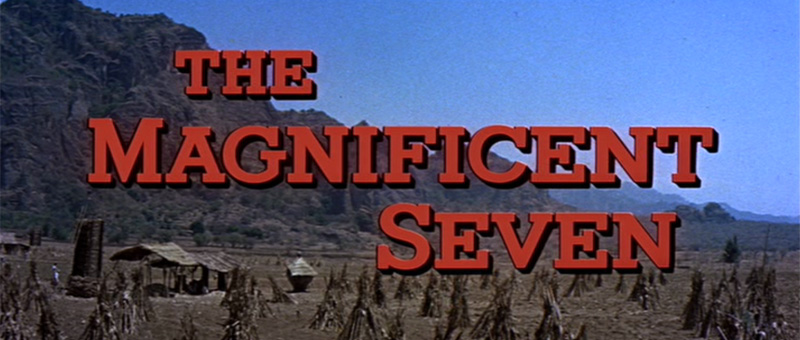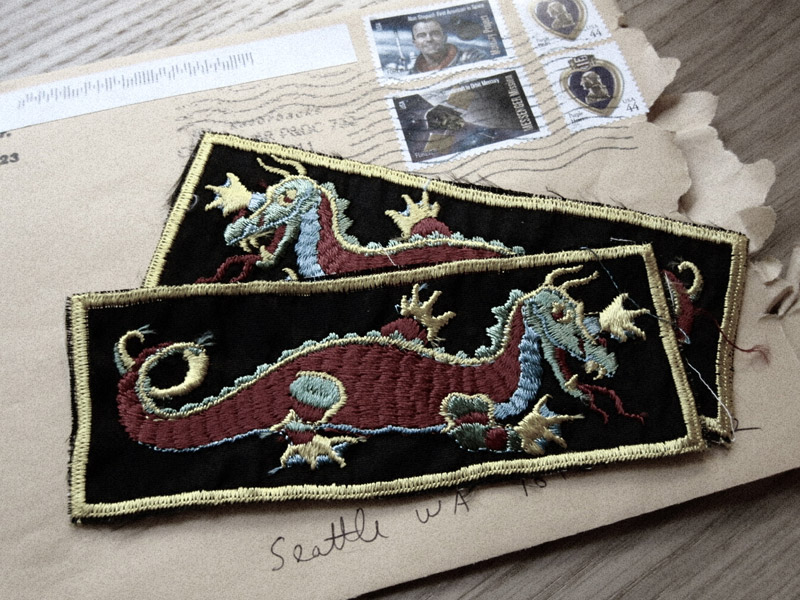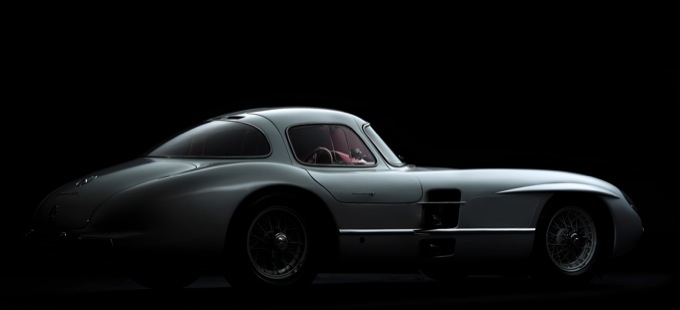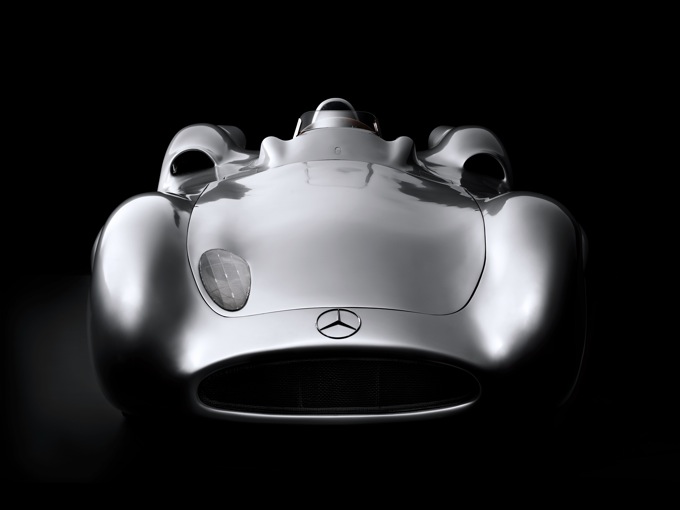Getting into the spirit of summer with one my favorite issues of Free & Easy published back in 2009.
Category: Culture (page 6 of 27)
The Osher Map Library at the University of Southern Maine maintains an extensive cartography collection of early New England maps, and many are available online for viewing.
A Map of the Coast of New England, from Staten Island to the Island of Breton, circa 1775:
Southack captained vessels in New England waters for 22 years. His New England Coasting Pilot (Boston, 1729-33) summarized the wealth of information he had collected about the coast, its hazards, and its currents. Southack’s lists of sailing directions and eight charts guided ship’s captains all the way from the Hudson River to Nova Scotia. Although criticized in the colonies as quite inaccurate, Southack’s work was adopted by London chart makers. The present map was produced in 1744 by combining the eight charts from Southack’s atlas into a single map; between 1775 and 1794 it was often reprinted in the principal English navigational manual for North America, The English Pilot, The Fourth Book.
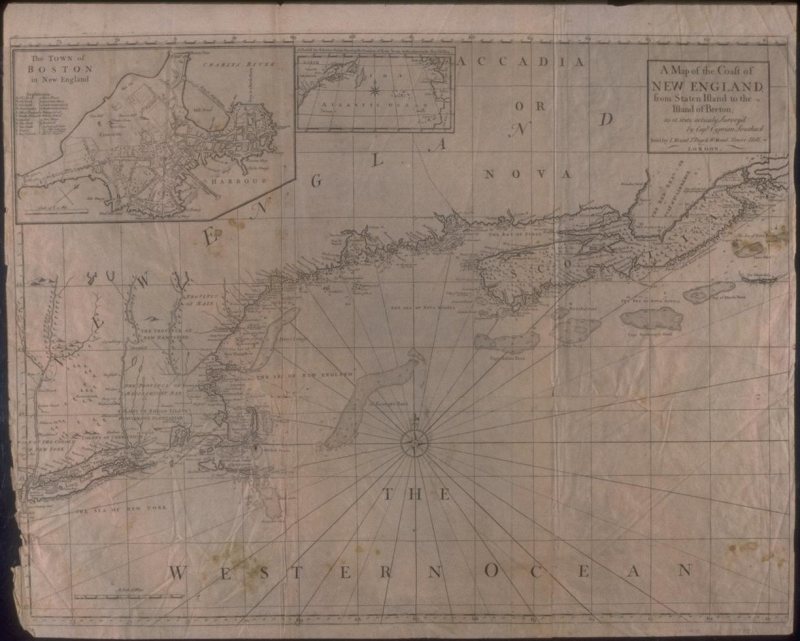
Nova Anglia, Novvm Belgivm, Et Virginia, circa 1630:
The increased interest shown after 1600 by Europeans in the colonization of North America is concisely shown in this map. It shows the English colonies established by 1620 in Virginia and New England, together with the new Dutch colony of the New Netherlands. This map is the first to show New Amsterdam (New York), founded only in 1626. For New England, de Laet clearly relied on John Smith’s map for many place-names (26, 27), but mixed them with those derived from indigenous sources and recorded on older maps (e.g., Norembegua). This is also the first map to show the name Massachusetts.
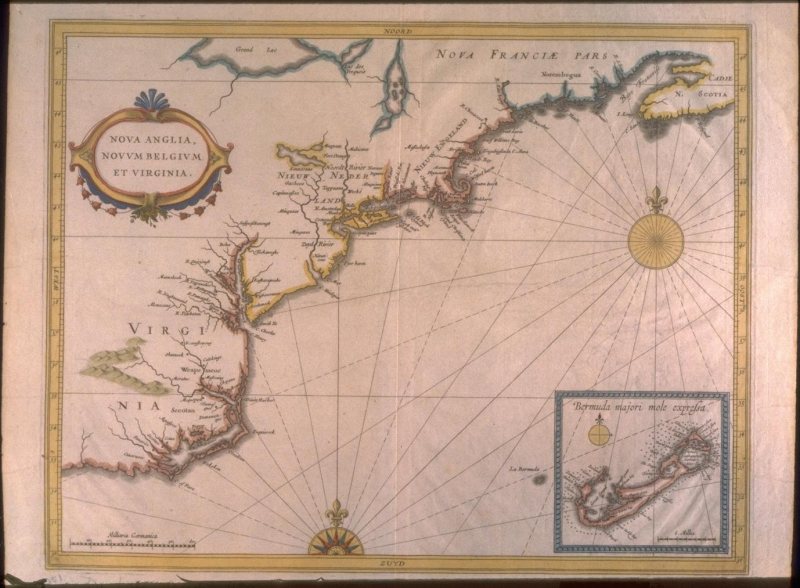
A New and Exact Map of the Dominions of the King of Great Britain, circa 1730:
The vagueness of early European conceptions of the interior of North America are demonstrated by Moll’s map of the English colonies, originally published in 1715 (although the remarkable image of the beavers was copied from a French map of 1698). Once away from the coasts and the St. Lawrence, the interior of North America is shown as a vague jumble of rivers, lakes, and forests.
I just found that scrimshaw artist Linda Layden sells some of her items through Etsy – her work is sold by other stores and designers but often at much higher prices.
Roosevelt during his time with the Rough Riders.
A classic story retold as a Hollywood western. Some bad guys show up, the good guys get hired, there are some gun fights, a few characters die, a few lessons are told, and then the heroes ride off.

A helpful guide from National Geographic Magazine on the proper display and care of the colors, published in 1917:
While there is no federal law in force pertaining to the manner of displaying, hanging, or saluting the United States flag, or prescribing any ceremonies that should be observed, there are many regulations and usages of national force bearing on the subject.
In raising the flag it should never be rolled up and hoisted to the top of the staff before unfurling. Instead, the fly should be free during the act of hoisting, which should be done quickly. It should be taken in slowly and with dignity. It should not be allowed to touch the ground on shore, or the deck of a ship, nor should it be permitted to trail in the water or in the dust. It should not be hung where it can be contaminated or soiled easily, or draped over chairs or benches for seating purposes, and no object or emblem of any kind should be placed upon it or above it. Read more
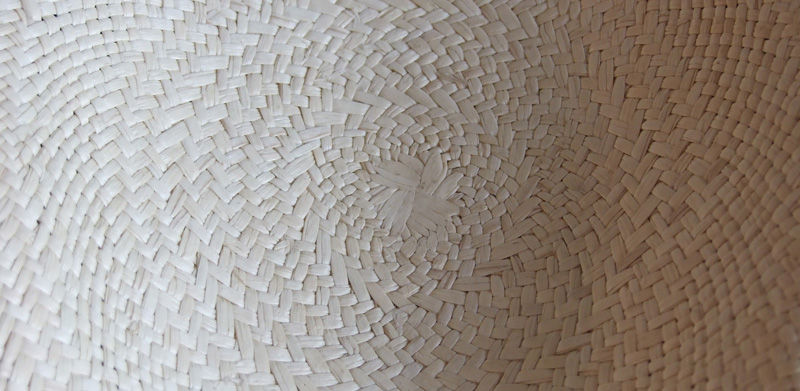
The Strand Magazine, published in 1902, reporting on the newest fad of the time – the Panama hat:
One hundred pounds for a straw hat! Enough with which to take a three months’ holiday, enough to keep your son a year at college, enough to buy a small farm. And yet so astute a financier as Mr. Lyman Gage, ex-Secretary of the U.S. Treasury, recently paid that sum for an extra-fine Panama hat, and reckoned, moreover, that he had made a good bargain. King Edward VII also is reported to have paid a Bond Street hatter £90 to secure “the best Panama in London”; while Jean de Reszke, the noted tenor, has paid the topmost price—something under £120 — to procure a similar object in America. Ex – Mayor Van Wyck, of New York, is chuckling over his success in securing a Panama which dealers have told him is superior in quality to either King Edward’s or the one owned by Jean de Reszke. He paid only £50.
These instances of extravagance are not mentioned as a reflection upon the perpetrators, but merely to illustrate the extent of “the Panama hat craze,” one of the most expensive fashions ever adopted by men. Expensive, because a Panama of even medium quality cannot be had for less than £5, and if you aim at having one that maybe tucked away in a vest pocket like a lead pencil, or slipped through a finger-ring, the price is, to most persons, prohibitive. In spite of this costliness, however, Panama hats are being dispatched from South America absolutely in ship-loads, and about half the population of Ecuador are engaged in supplying hat luxuries for the men of Europe and America.
Unofficial Insignia – Liberty Cuffs and Diesel Boats Forever
World War II sailors sewed hidden patches under the sleeve cuffs of their dress blue jumpers. Once on leave, they unbuttoned their “liberty cuffs” and turned them over to display colorful dragons, mermaids, dolphins (for submariners), and birds (for the “airedales” who worked on Navy aircraft). The practice of liberty cuffs continued into the early 1980s, except for a short period in the early 1970s, when the Navy attempted to do away with the blue and white jumpers and replace them with jackets similar to those worn by officers. – Carol Burke, in Camp all-American, Hanoi Jane, and the High-and-Tight
Dragons are very common and easy to find, along with mermaids. My favorite design that I’ve spotted so far were these Hawaii themed patches (I lost that ebay auction).
Great story on some fascinating photography work:
Early that year, Bernhard got a phone call from the museum and was asked if he wants to photograph 30 cars for an exhibition catalogue. He said yes. The museum built him a studio in a storage facility, outside Vienna. The setup, 20 meters long and 15 meters wide, had a moving stage, like a turn table. The project took 5 months to finish, but only because part of the cars, spread all over the world, were brought in only shortly before the exhibition, to avoid huge costs for insurances.
On using light:
With the help of two assistants, he photographed one automobile per day (5-6 images only). The most difficult to shoot were the black cars on the black background. But white wouldn’t have been an option. Photographing high-shine convex or concave surfaces is amongst the biggest challenges in product photography. It’s not anymore about putting light on the object, but about letting the shiny object reflect the surfaces around it. In this particular case, the light had to be bounced back on the cars from a white reflecting surface used as a ceiling.
Great results:
Wearing some old and classic sportswear – tennis sweaters, sneakers, gurkha shorts, and even a Fred Perry polo. Background reading:
A 1999 Sports Illustrated article about the magazine’s 20 “favorite athletes” of the 20th century said about Gonzales (their number 15 pick): “If earth was on the line in a tennis match, the man you want serving to save humankind would be Ricardo Alonso Gonzalez.”

